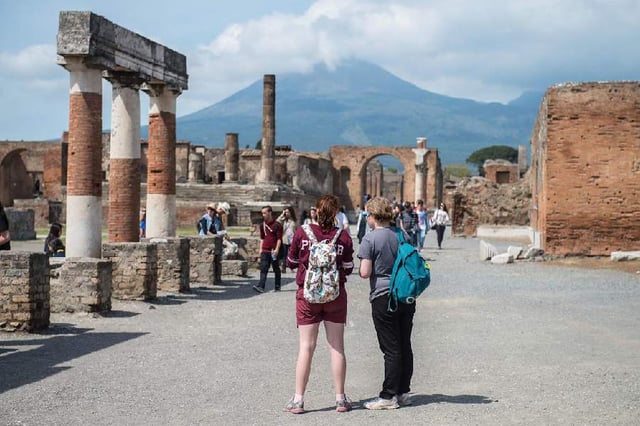Overview
- Archaeologists at the House of Elle and Frisso uncovered the remains of four individuals, including a child, who sought refuge during Mount Vesuvius’s eruption.
- The family attempted to block volcanic lapilli by wedging a wooden bed against a door, a scene reconstructed using advanced plaster-casting techniques.
- An open-roofed atrium in the home funneled lapilli inside, forcing the occupants to retreat to an interior room before ultimately succumbing to a pyroclastic flow.
- Artifacts, including a child’s bronze bulla amulet, were recovered, highlighting the personal stories of those who perished in Pompeii’s final hours.
- The findings deepen understanding of Roman domestic life and the catastrophic dynamics of Vesuvius’s eruption, with ongoing multidisciplinary analysis planned.

